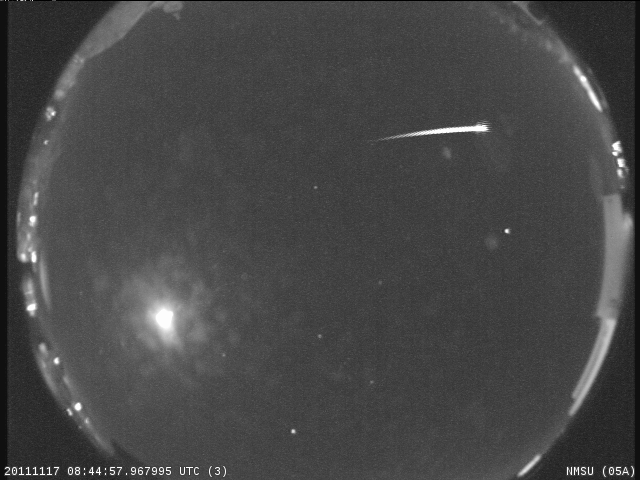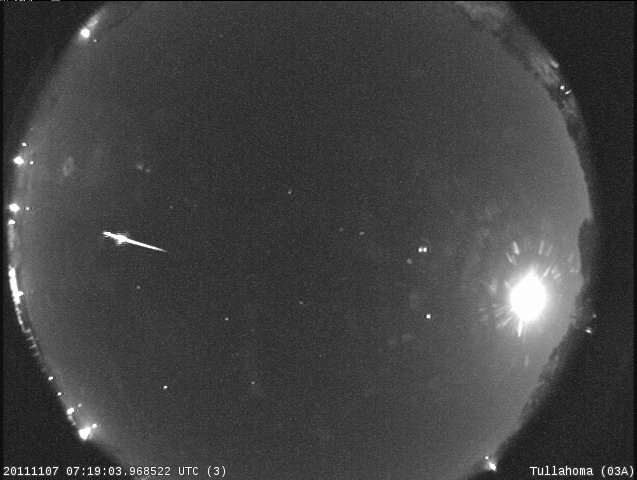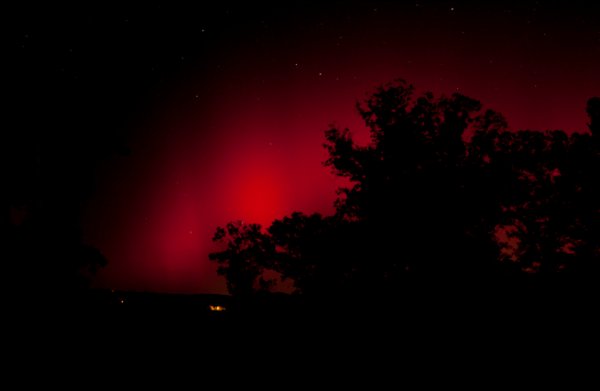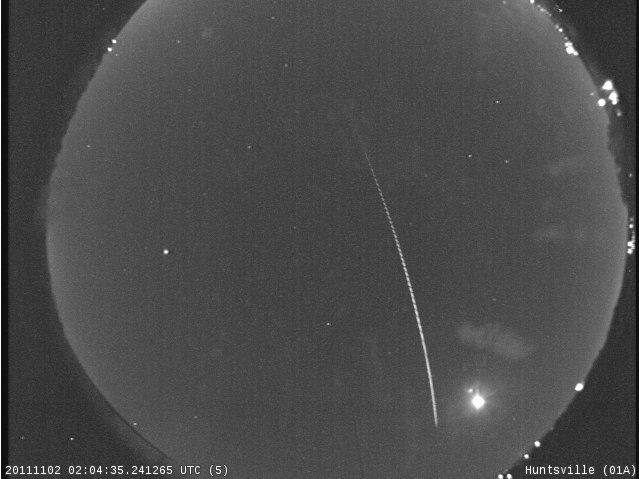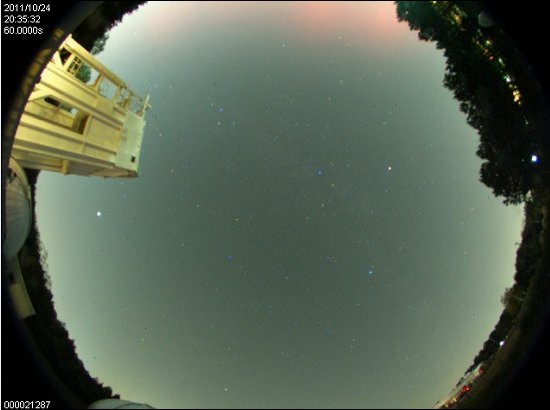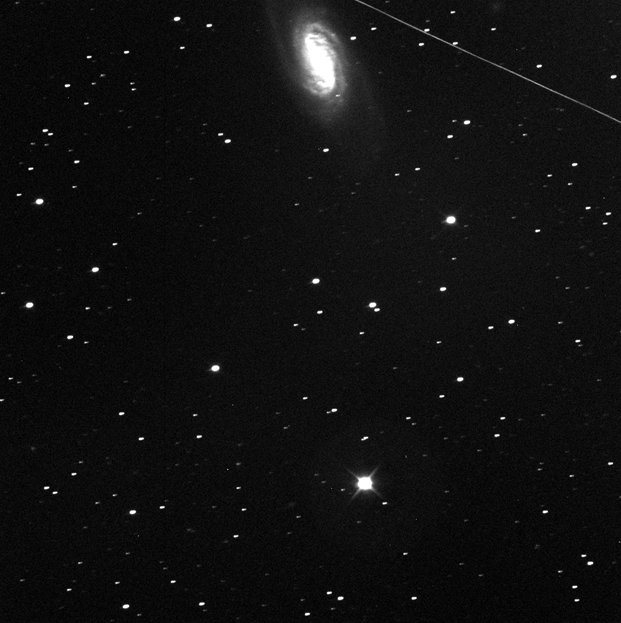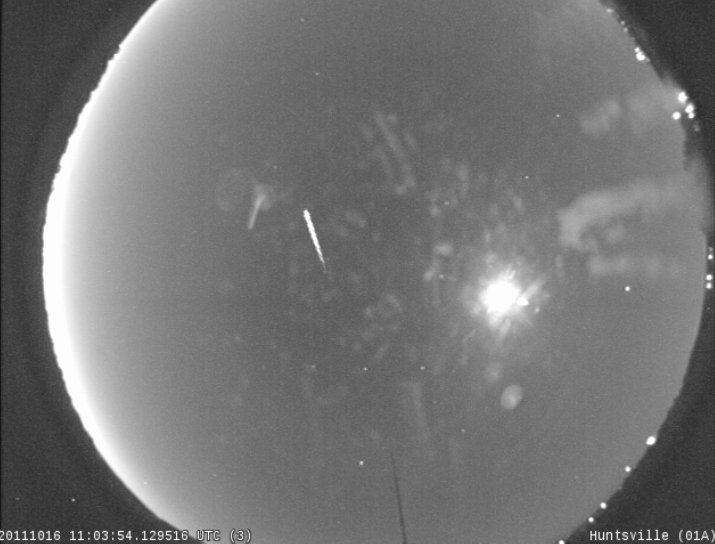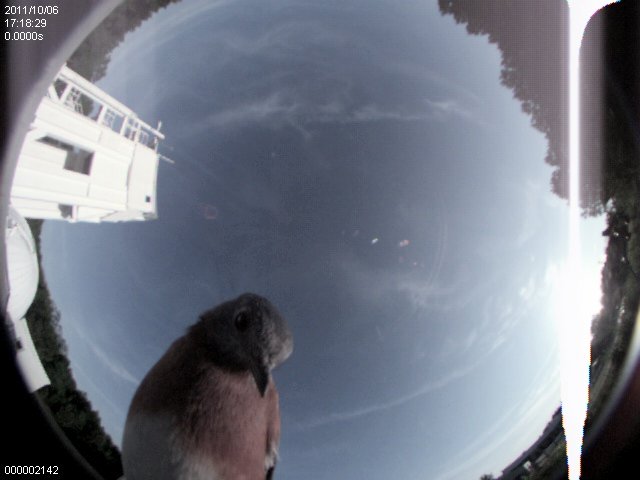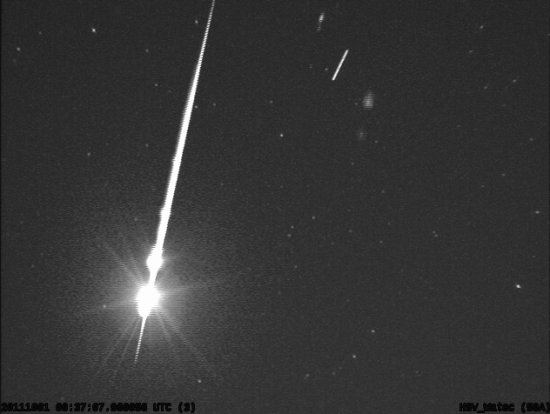On the night of Nov. 17, 2011, NASA cameras captured two super-fast views of Leonid meteors. The first video below shows a Leonid from a NASA camera operated in Tullahoma, Tenn. Moving 73 times faster than a bullet fired from an M-16 rifle, the three-quarter inch meteor first started to burn up 71 miles above …



























